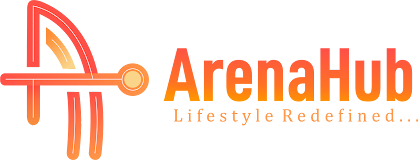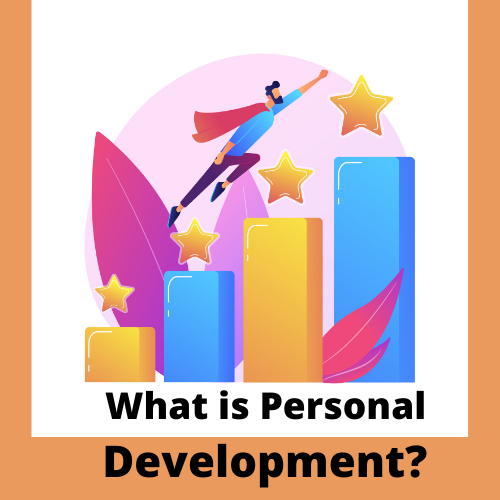Tech Tips
Getting Started With WordPress
HOW TO GET STARTED WITH WORDPRESS
Getting Started With WordPress
WordPress (WP, WordPress.org) is a free and open-source content management system (CMS) written in PHP and paired with a MySQL or MariaDB database. Features include a plugin architecture and a template system, referred to within WordPress as Themes.
WordPress was originally created as a blog-publishing system but has evolved to support other web content types including more traditional mailing lists and forums, media galleries, membership sites, learning management systems (LMS), and online stores.
One of the most popular content management system solutions in use, WordPress is used by 42.8% of the top 10 million websites as of October 2021.
Where to start
If you are new to WordPress, here is a step-by-step plan for getting started. If you need help along the way, plenty of options for assistance is listed in this article. Welcome to the exciting world of WordPress!
Step 1 – Read
WordPress is a great product. It’s easy to use, powerful, and flexible. Creating a website, and maintaining a website, is a science and art that has quickly evolved.
In order to fully appreciate this, it is important to be well-read on the subject. One major thing to keep in mind is your investment of time. Being knowledgeable will without a doubt save you much time in the long run.
With that in mind, before you invest your valuable time and energy into installing WordPress, there are some documents you need to read to help you get started.
See Also: How To Set Up A Smart Home With Google
Step 2 – Make a plan
Based on the information you’ve just read, including instructions on installing WordPress, you should have a list of the things you need and things to do. If not, make that list now. You’ll want to make sure it includes the following information:
The following documents will help you understand more about how WordPress works and how to make a plan for your WordPress site:
- WordPress Semantics
- First Steps With WordPress
- WordPress Lessons
It is important to make a plan about how you want to use WordPress on your site. Here are some questions to ask yourself.
– Will you install WordPress in the root directory, subdirectory, or do you just want to make a test site to make sure you want to use it?
– Have you made a list of your site categories to organize your content by groups?
– Have you made a list of Pages you may want to add to your site, such as About, Contact, or Events?
– Have you thought about what you want in the header part of the site?
– Have you developed a content strategy and list of topics to help start blogging?
– Have you thought about how to integrate social media into your WordPress site and workflow?
Step 4 – Set up WordPress
With your installation complete, it’s time to set up WordPress so it will work the way you want it to work.
To help you understand how all the various features and screens on the WordPress Administration Screens work, check out the Administration Screens guide for a detailed walk-through.
For help in creating your user profile information, of which some or all may appear on your WordPress Theme, see the Users > Your Profile pages for guidance.
To set the site name and other information, go to Administration > Settings > General in the dashboard. After you’ve published a few posts, you can experiment with the full edit or quick edit features in the Administration > Posts > Posts screen.
Add your “About,” “Contact,” and other information Pages by going to Administration > Pages > Add New.
Want to change the look and feel of your WordPress site? Go to Administration > Appearance > Themes.
You’ll find helpful information by reading WordPress Lessons.

Getting Started With WordPress
Appearance and themes
Changing the look of your WordPress website is easy with just a few clicks.
-Using WordPress Themes Introduction
– The WordPress Theme Directory features thousands of WordPress Themes
– WordPress Widgets can quickly add more information and content to your Theme.
If you want to create a new WordPress Theme from scratch, or do major renovations, or even design WordPress Themes for public release, you should visit WordPress Theme Developer Handbook.
If you want a custom-made WordPress Theme created especially for you by expert web designers, it is recommended you search for qualified web designers on the Internet, or look in your local community.
Adding WordPress plugins
There are many “add-on” scripts and programs for WordPress called Plugins that add more capabilities, choices, and options to your WordPress site.
WordPress Plugins do many things, including customizing the results of your site information, adding weather reports, adding spell check capability, and presenting custom lists of posts and acronyms. For more on how to work with Plugins and where to find WordPress Plugins for your site:
– Managing your WordPress Plugins
– WordPress Plugins
– The WordPress Plugin Directory
As like as Theme, you can create a new WordPress Plugin from scratch, or do major renovations. Please visit the WordPress Plugin Developer Handbook for detail.
Advanced use of WordPress
Now that you are familiar with the basic features and functions of how WordPress works, it might be time for you to plunge deeper into the power of WordPress.:
– Using Permalinks
– WordPress Developer Resources
As simple and easy as it is to use WordPress, if troubles arise, if something is confusing, if things aren’t working, don’t despair because help is available!
Even though WordPress is free and open-source, there are literally hundreds of volunteers eager to help you. Here are some helpful official resources for WordPress:
– Giving back to WordPress
– Using the Support Forums
– WordPress Forum
FAQ
Now that you’re a full-fledged WordPress user, consider contributing to the WordPress Documentation, Support Forum, Development, and other volunteer efforts that keep WordPress going. WordPress is free and totally supported by volunteers, and your help is needed.












